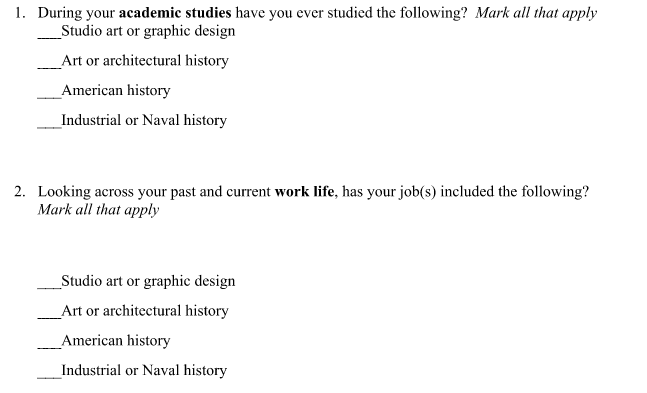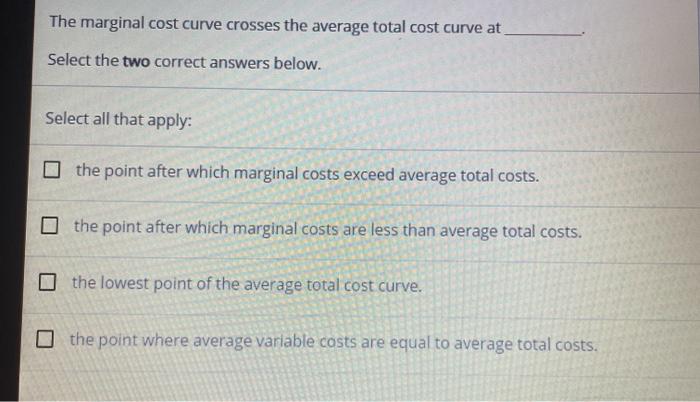Select All That Apply – Mastering Practice Questions And Tips For Success!
SATA questions are a bit tricky! They’re the ones where you need to pick all the right answers. They show up in different tests and need a good grasp of the topic and smart decision skills.
Basically, Select All That Apply” refers to a unique question format where test-takers must choose all correct options from a list. These questions, commonly found in exams like nursing boards, requires a deep understanding of the subject matter and strategic decision-making.
In this helpful guide, we’ll explore SATA (Select All That Apply) questions, breaking down the details.
Let’s Explore The Select All That Apply (SATA) In Detail!
SATA, or Select All That Apply, questions are a distinct form of assessment commonly encountered in various exams, particularly in fields like healthcare and nursing. Unlike traditional multiple-choice questions where only one answer is correct, SATA questions present a list of options, requiring test-takers to choose all correct answers.
Thus, These questions are designed to assess not only your knowledge but also your ability to recognize and select multiple accurate options within a given context. SATA questions are characterized by their complexity and unique structure.
Moreover, The stem of the question introduces a scenario or problem, followed by a list of options. Test-takers must carefully evaluate each option, selecting all that are correct based on their understanding of the subject matter. The challenge lies in the need for a comprehensive grasp of the topic and the ability to discern nuanced details to arrive at accurate selections.
Furthermore, SATA questions play a crucial role in assessing a candidate’s depth of knowledge and analytical skills. They are frequently used in exams related to healthcare professions, nursing boards, and other fields where a detailed understanding of multiple facets of a topic is essential.
Effectively navigating SATA questions requires a strategic approach. Test-takers should read the stem of the question carefully, ensuring a full understanding of the context. Each option should be evaluated independently, and incorrect choices must be eliminated systematically. Logical reasoning plays a vital role, as candidates need to consider the relationships between different options and select all that are relevant to the given scenario.
Select All That Apply Practice Questions – Everything You’re Looking For!

1. Scenario: Patient Assessment
Which vital signs should be monitored for a patient experiencing respiratory distress? (Select all that apply.)
- Heart rate: A crucial indicator of cardiovascular health.
- Blood pressure: Reflects the force of blood against artery walls.
- Respiratory rate: Indicates the breaths taken per minute.
- Temperature: A vital sign providing insight into the body’s overall health.
- Oxygen saturation: Measures the amount of oxygen in the blood.
The importance of each vital sign in the context of respiratory distress is key to accurate selections.
2. Medical Terminology
Choose the anatomical terms related to body positions. (Select all that apply.)
- Anterior: Referring to the front of the body.
- Posterior: Pertaining to the back of the body.
- Superior: Located above or higher in position.
- Inferior: Positioned below or lower in location.
- Medial: Toward the midline of the body.
Familiarity with anatomical terms and their definitions is essential for success in this question.
3. Pharmacology
Identify the side effects of the given medication. (Select all that apply.)
- Drowsiness: A common side effect that may impact alertness.
- Increased heart rate: An indication of the medication’s cardiovascular effects.
- Weight loss: Potential impact on body mass.
- Constipation: A gastrointestinal side effect.
- Hypertension: Possible elevation of blood pressure.
Recognizing the potential side effects of medications requires a comprehensive understanding of pharmacology.
Tips When Answering Select All That Apply – Read Out The 10 Essentail Steps In 2024!
- Thoroughly Understand the Question Stem:
Carefully read and comprehend the stem of the question before delving into the options. A clear understanding of what the question is asking is crucial for accurate selections.
- Practice Active Reading:
Train yourself to spend more time processing the question than reviewing the choices. Active reading ensures you grasp the context, allowing for a more informed approach to each option.
- View SATA Questions as True or False:
Simplify the process by treating SATA questions as a series of “true or false” queries. Assess each option individually and determine if it applies or does not apply to the question.
- Avoid Grouping or Associating Choices:
Treat each choice as an independent possibility. Avoid the tendency to link or group options, ensuring a focused evaluation of each one against the question’s context.
- Pay Attention to Wording:
Be cautious of absolutes or extremes in option wording (e.g., always, all the time). Such language often signals incorrect choices. If an option seems unfamiliar or illogical, it may be incorrect.
- Minimum of Two Correct Answers:

Recognize that SATA questions typically have a minimum of two correct answers. Understand NCSBN guidelines and leverage your comprehensive knowledge to identify the appropriate number of correct options.
- Don’t Overthink and Resist Changing Answers:
Once you’ve chosen your answers following the true/false approach, resist the urge to go back and change them. Most SATA questions don’t require modifications unless a significant oversight has occurred.
- Understand the Higher Cognitive Level:
Recognize that encountering difficult questions, like SATA, in computer adaptive testing indicates your higher level of cognitive ability is being tested. Embrace the challenge as a positive indicator of your proficiency.
- Maintain a Clear Goal:
Have a clear goal in mind before assessing options. This mindset helps you approach each choice systematically, ensuring alignment with the question’s requirements.
- Practice Regularly:
Engage in regular practice with SATA questions to refine your skills. Familiarity with this unique question format will enhance your confidence and effectiveness in selecting correct options during exams.
FAQs:
1. How Are Sata Questions Different From Traditional Multiple-Choice Questions?
SATA questions are unique in that they require test-takers to choose all correct options, making them more intricate. Unlike traditional multiple-choice questions, where only one answer is correct, SATA questions demand a more comprehensive understanding of the material.
2. Is There A Penalty For Choosing Incorrect Options In Sata Questions?
Policies regarding penalties for incorrect selections vary across exams. It’s crucial to review the specific guidelines for the exam you’re taking to understand how scoring works.
3. How Can I Improve My Performance On Sata Questions?
Improving your performance on SATA questions involves regular practice with diverse question sets, reviewing rationales for both correct and incorrect answers, and simulating exam conditions to enhance both confidence and skill.
Summing Up The SATA:
In conclusion,
Select All That Apply” means you have to pick all the right answers from a list. These kinds of questions, often seen in tests like nursing boards, need you to really know your stuff and make smart choices.
Wishing you the best of luck!
Read More:
